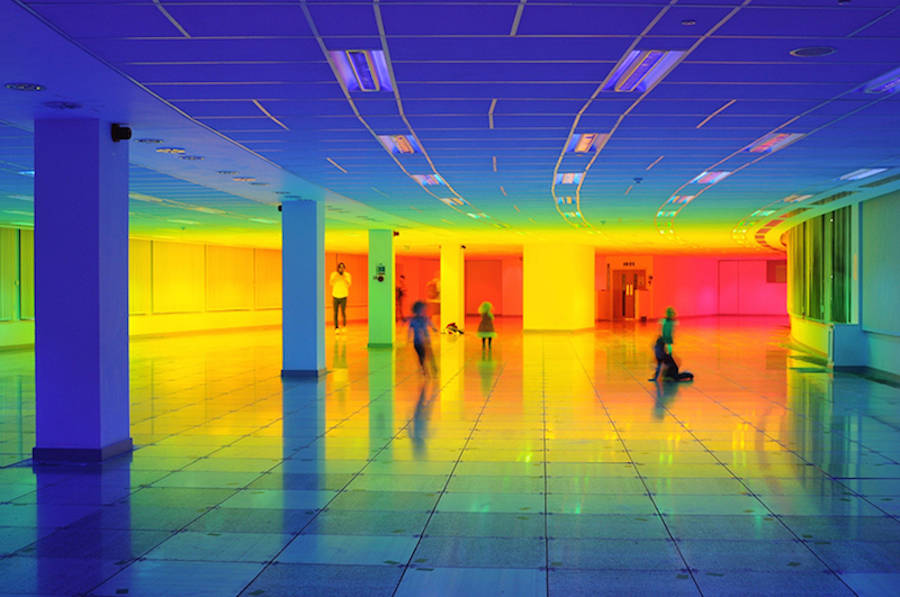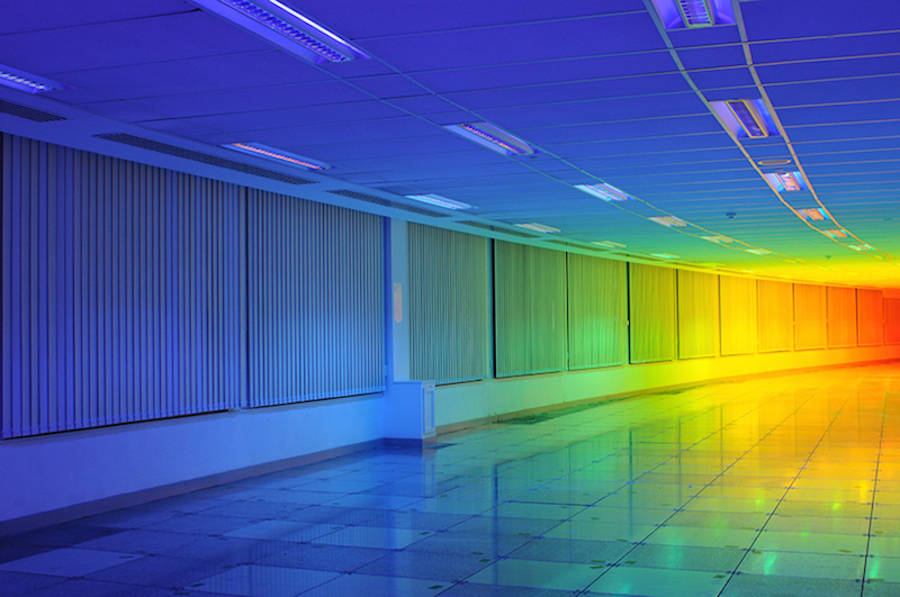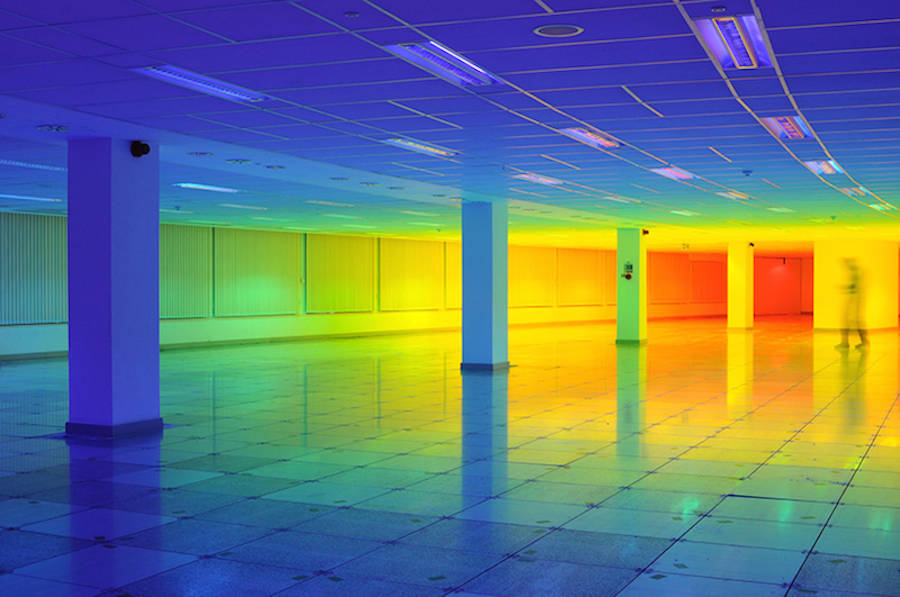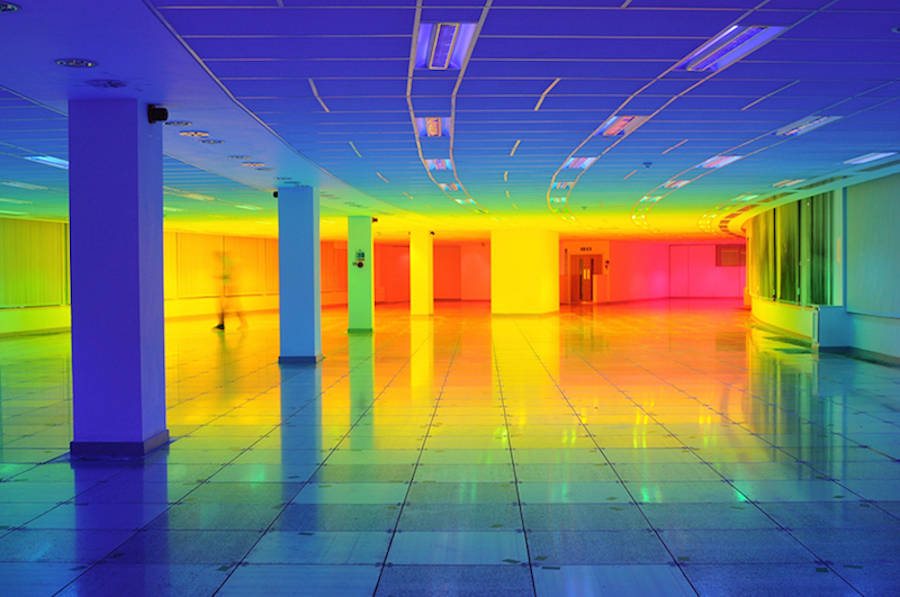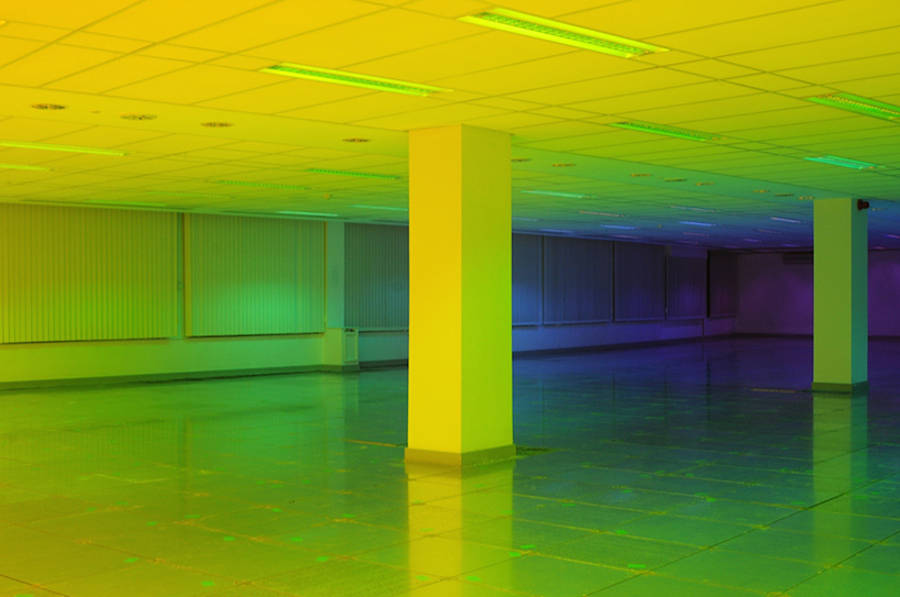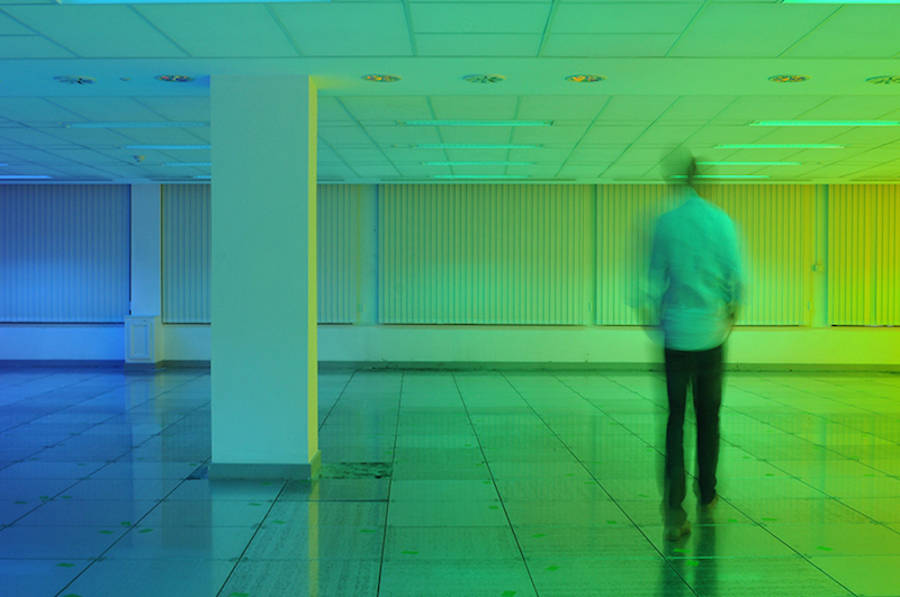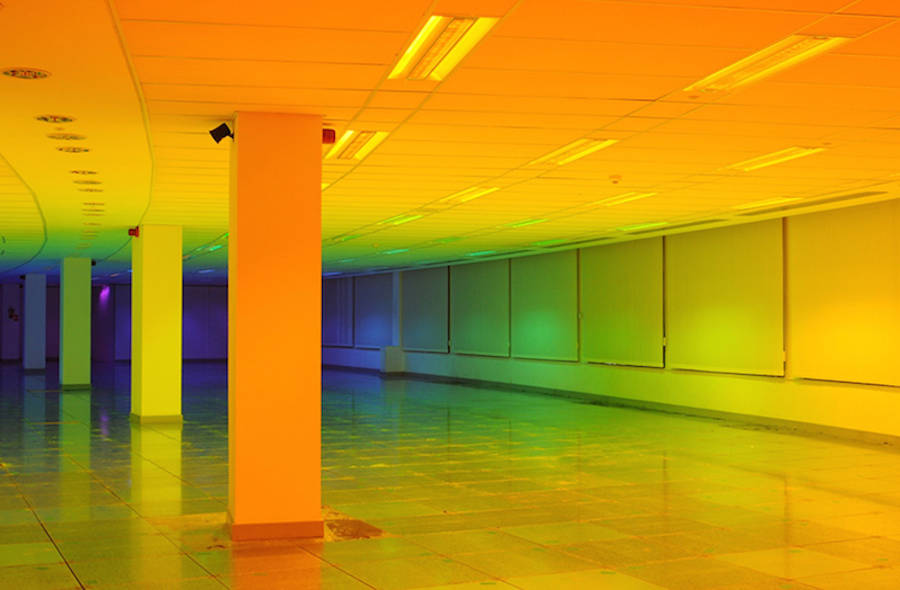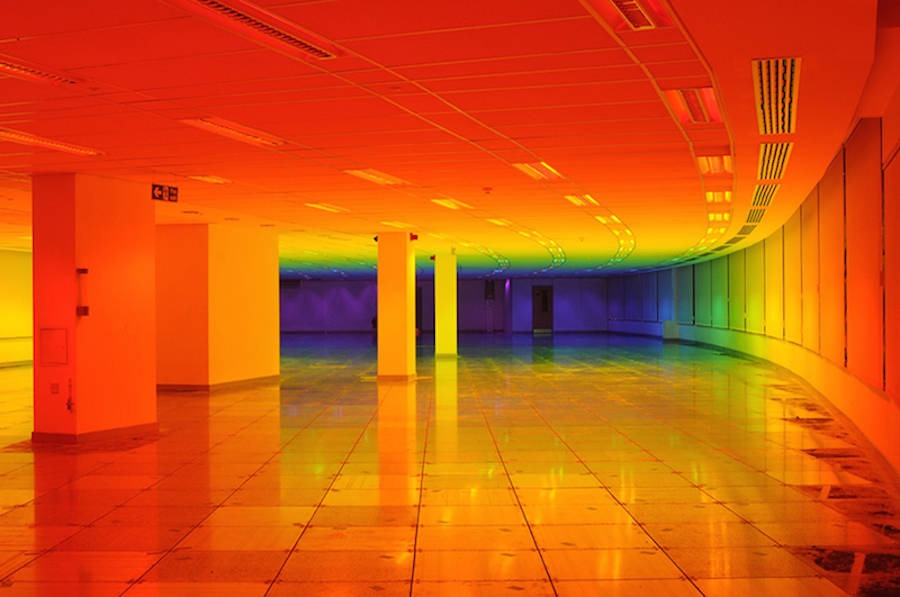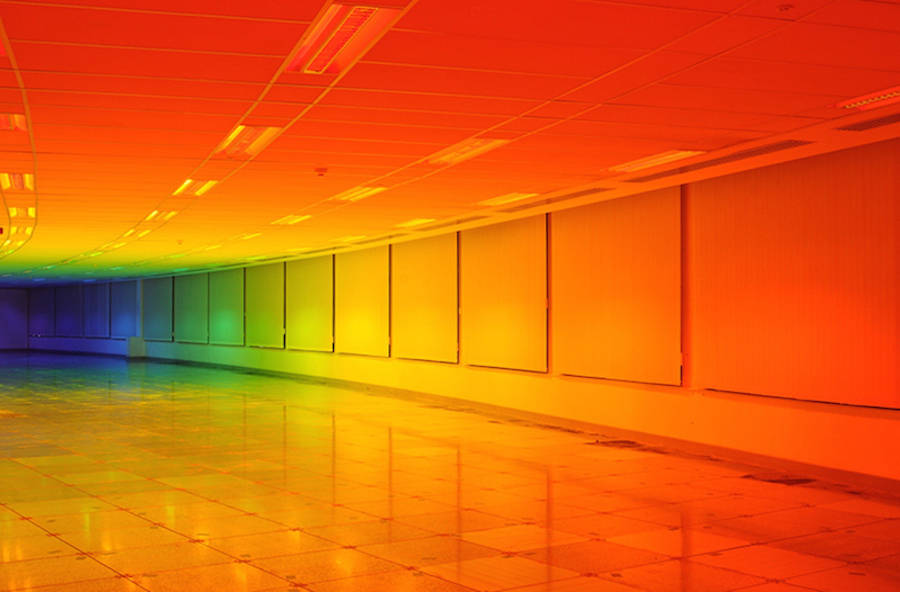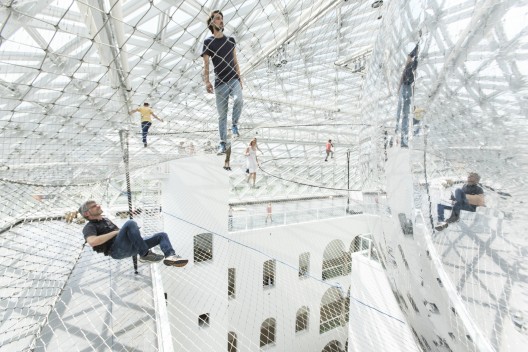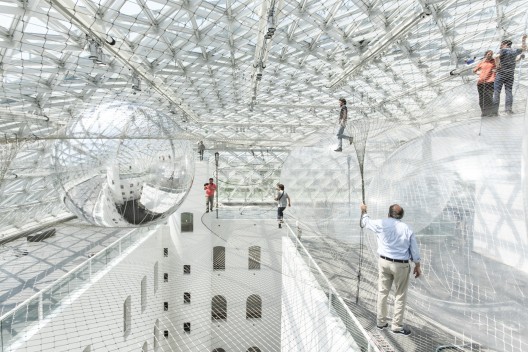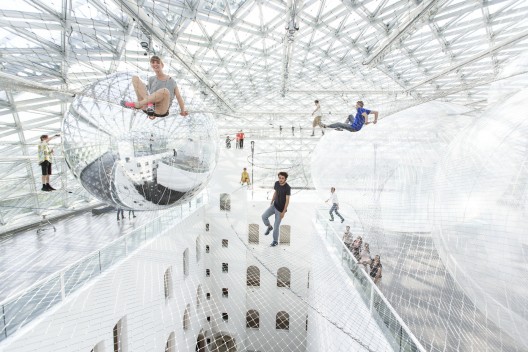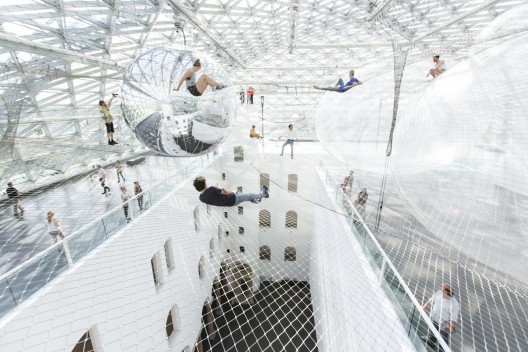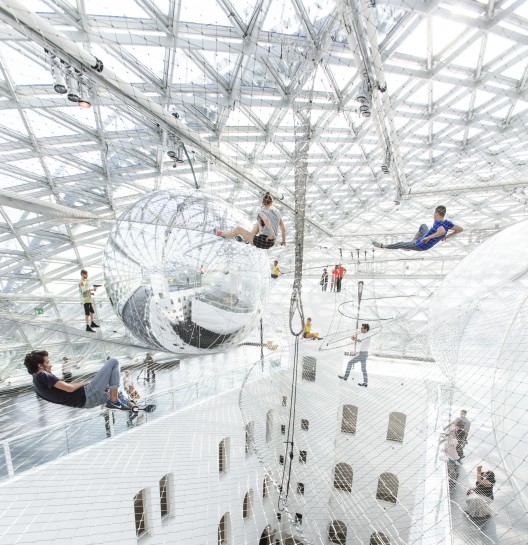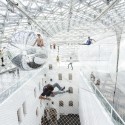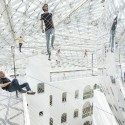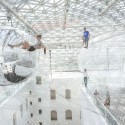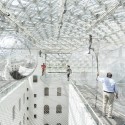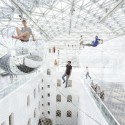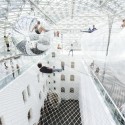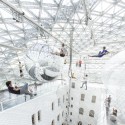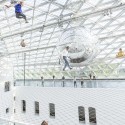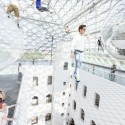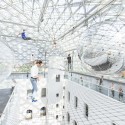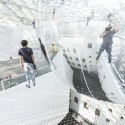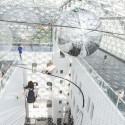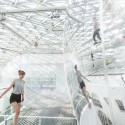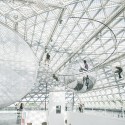Sticky Postings
All 242 fabric | rblg updated tags | #fabric|ch #wandering #reading
By fabric | ch
-----
As we continue to lack a decent search engine on this blog and as we don't use a "tag cloud" ... This post could help navigate through the updated content on | rblg (as of 09.2023), via all its tags!
FIND BELOW ALL THE TAGS THAT CAN BE USED TO NAVIGATE IN THE CONTENTS OF | RBLG BLOG:
(to be seen just below if you're navigating on the blog's html pages or here for rss readers)
--
Note that we had to hit the "pause" button on our reblogging activities a while ago (mainly because we ran out of time, but also because we received complaints from a major image stock company about some images that were displayed on | rblg, an activity that we felt was still "fair use" - we've never made any money or advertised on this site).
Nevertheless, we continue to publish from time to time information on the activities of fabric | ch, or content directly related to its work (documentation).
Wednesday, November 29. 2023
Architecture & Landscape Award 2023 from Fondation Vaudoise pour la Culture (FVPC) | #award #fabricch #architecture #interaction #research
Note: fabric | ch was honored to receive this year the Award for Architecture and Landscape Culture from the Fondation vaudoise pour la culture (FVPC).
The price distinguishes an actor who is "involved in the design or promotion of built environment and who, through this commitment, contributes to the quality of our natural, [digital] and built environment".
A brief video portait of fabric | ch was produced on this occasion by director Pierre-Yves Borgeaud, as well as a small publication by Art Director Emmanuel Crivelli and photographic portraits by Matthieu Croizier (see below).
We'd like to thank the foundation and its jury for awarding our studio in 2023!
-----
By fabric | ch
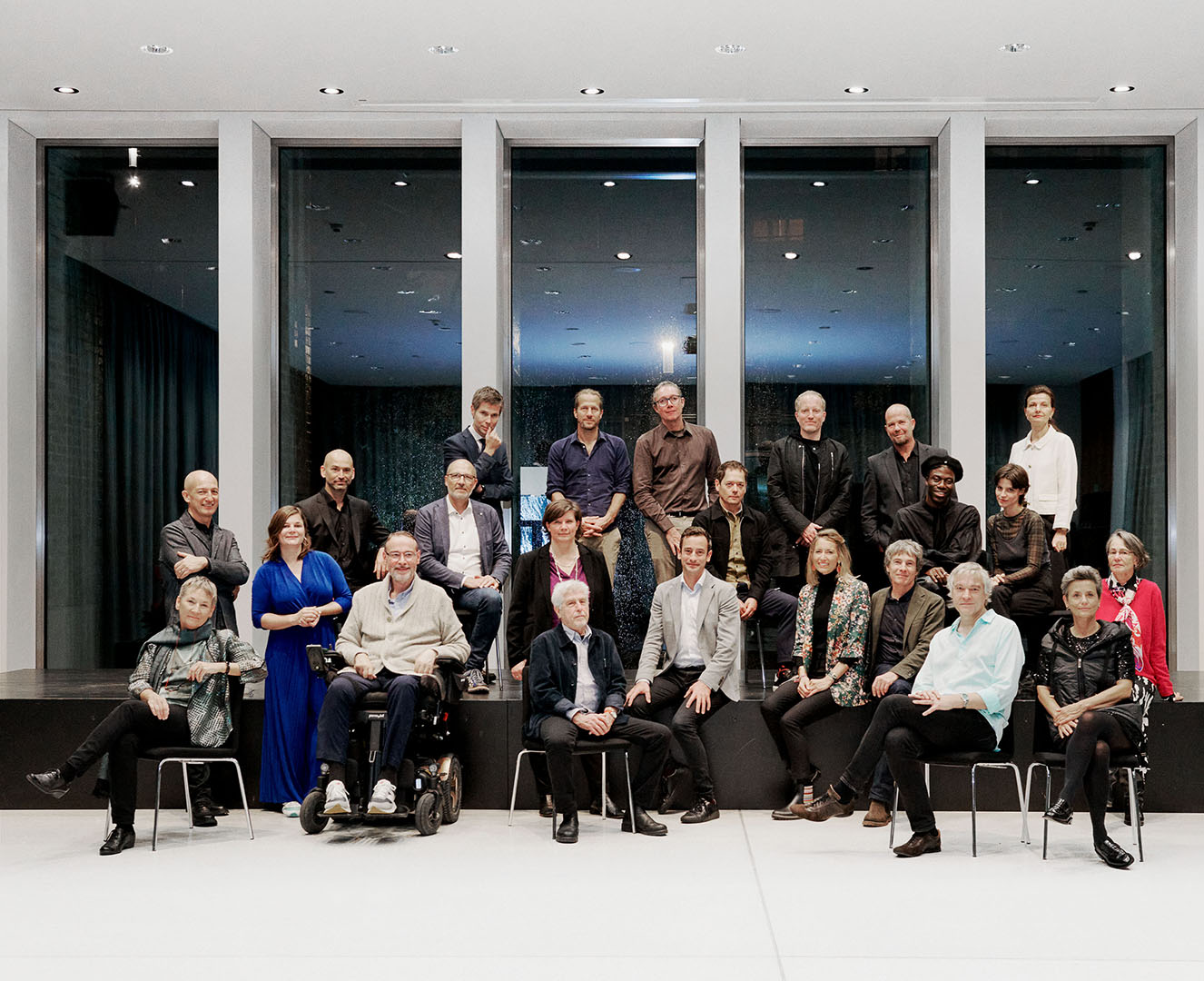
---
---
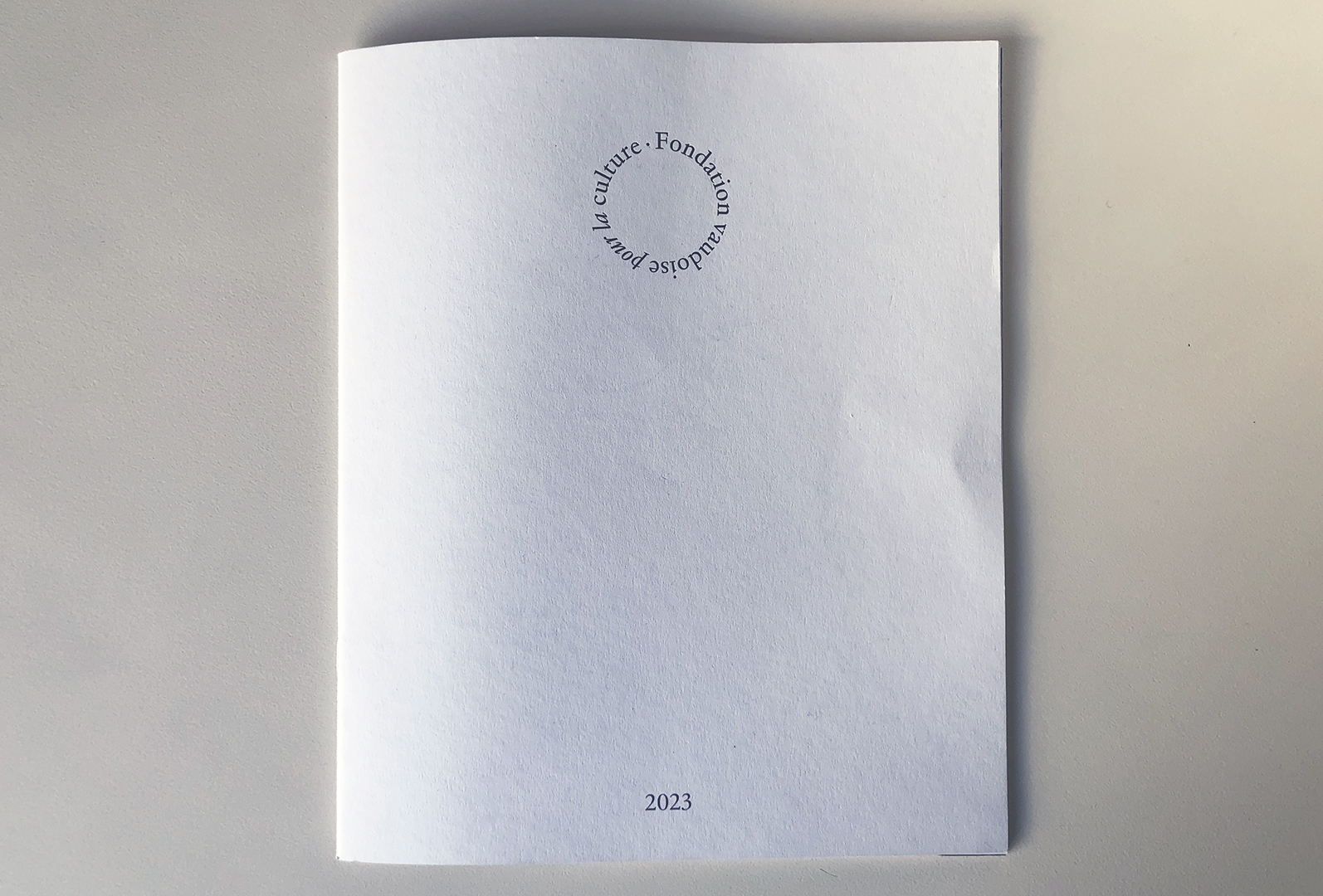
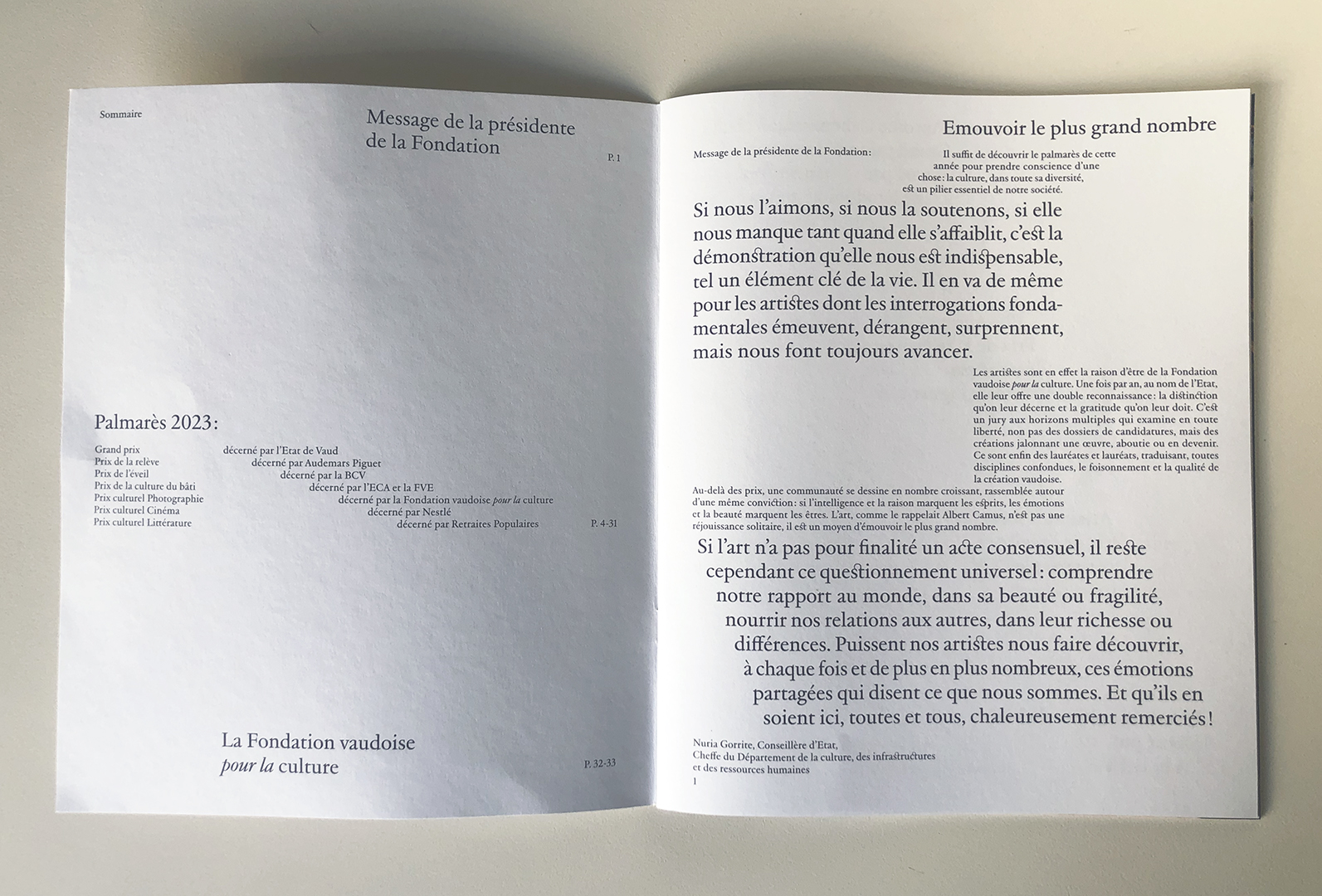
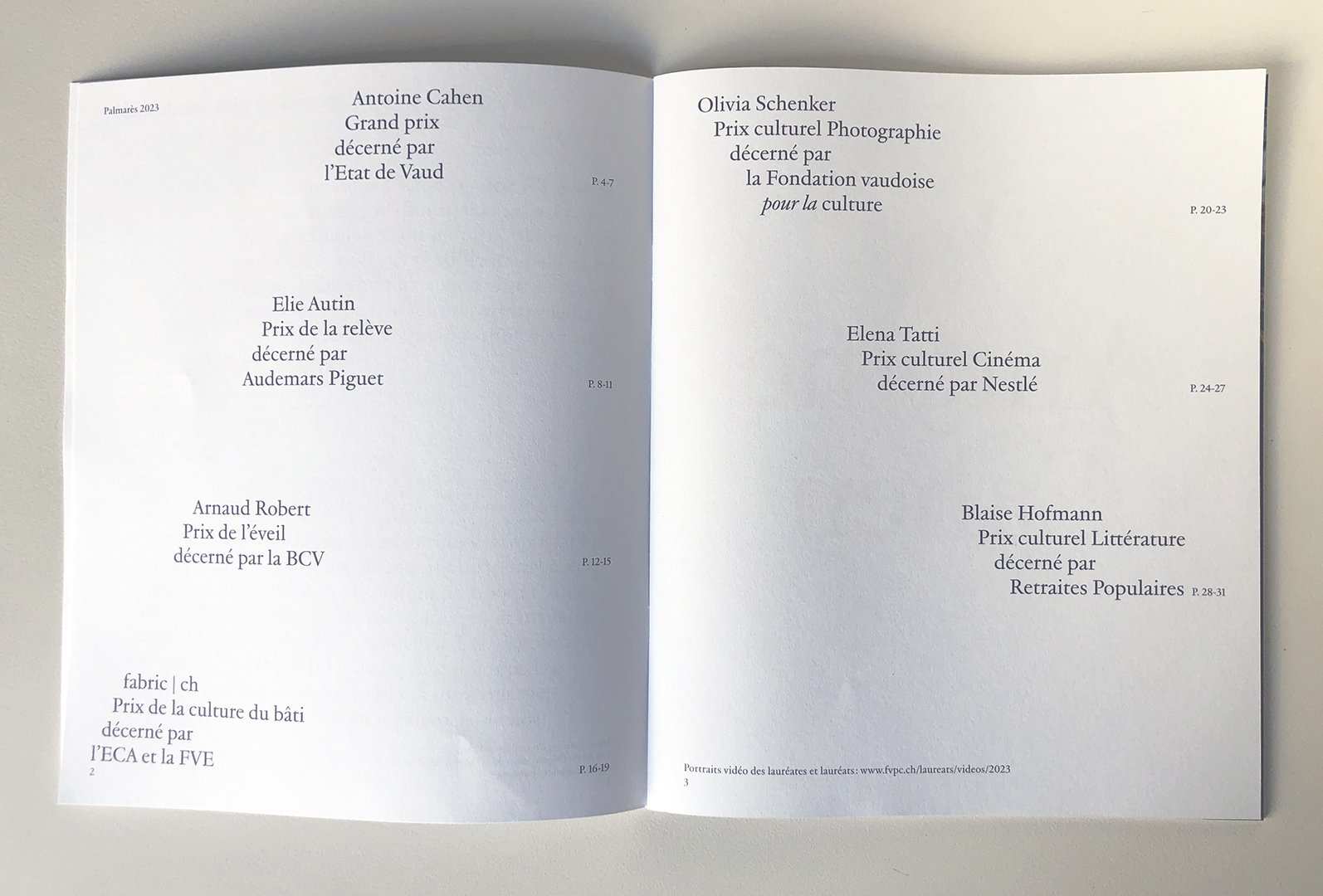
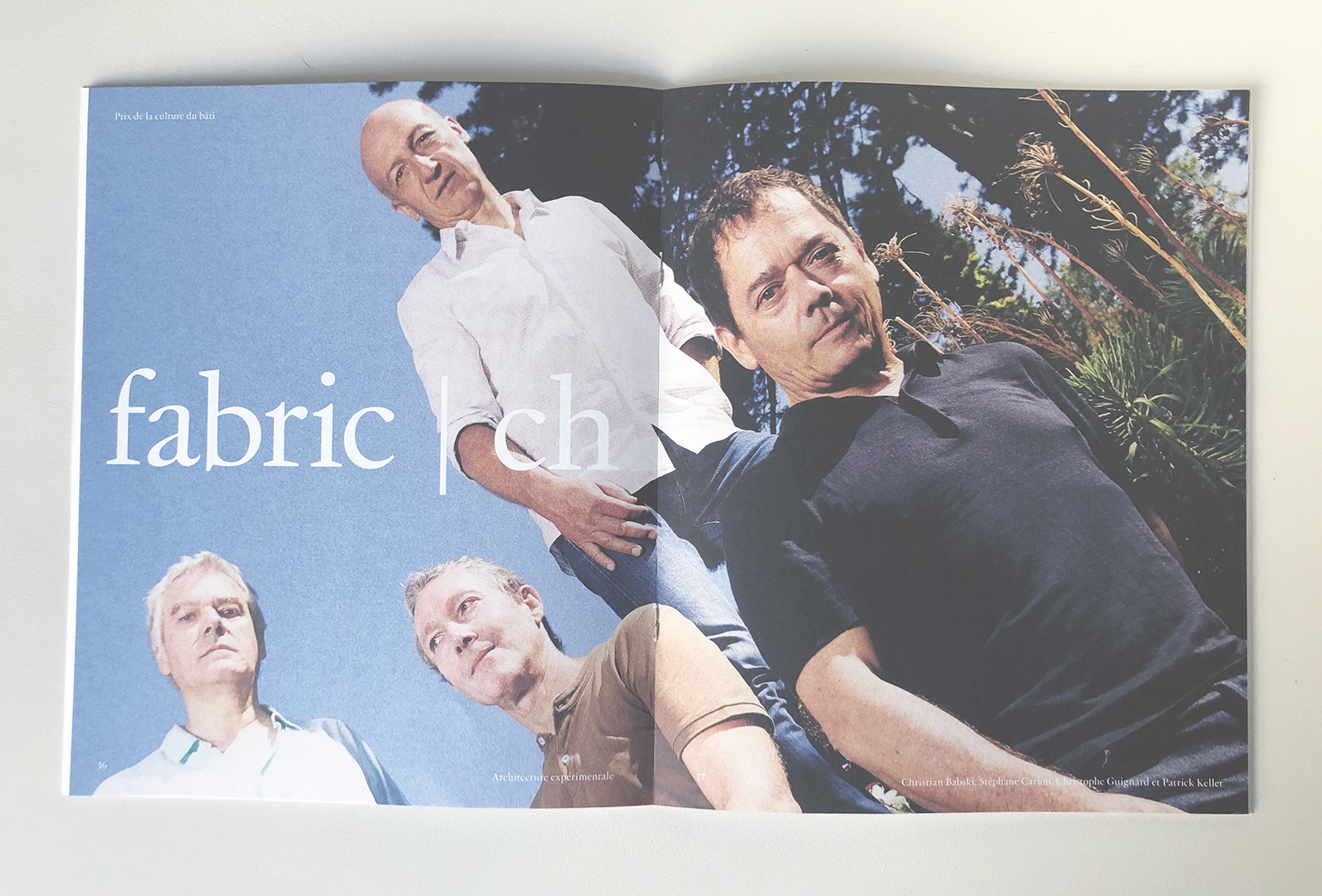
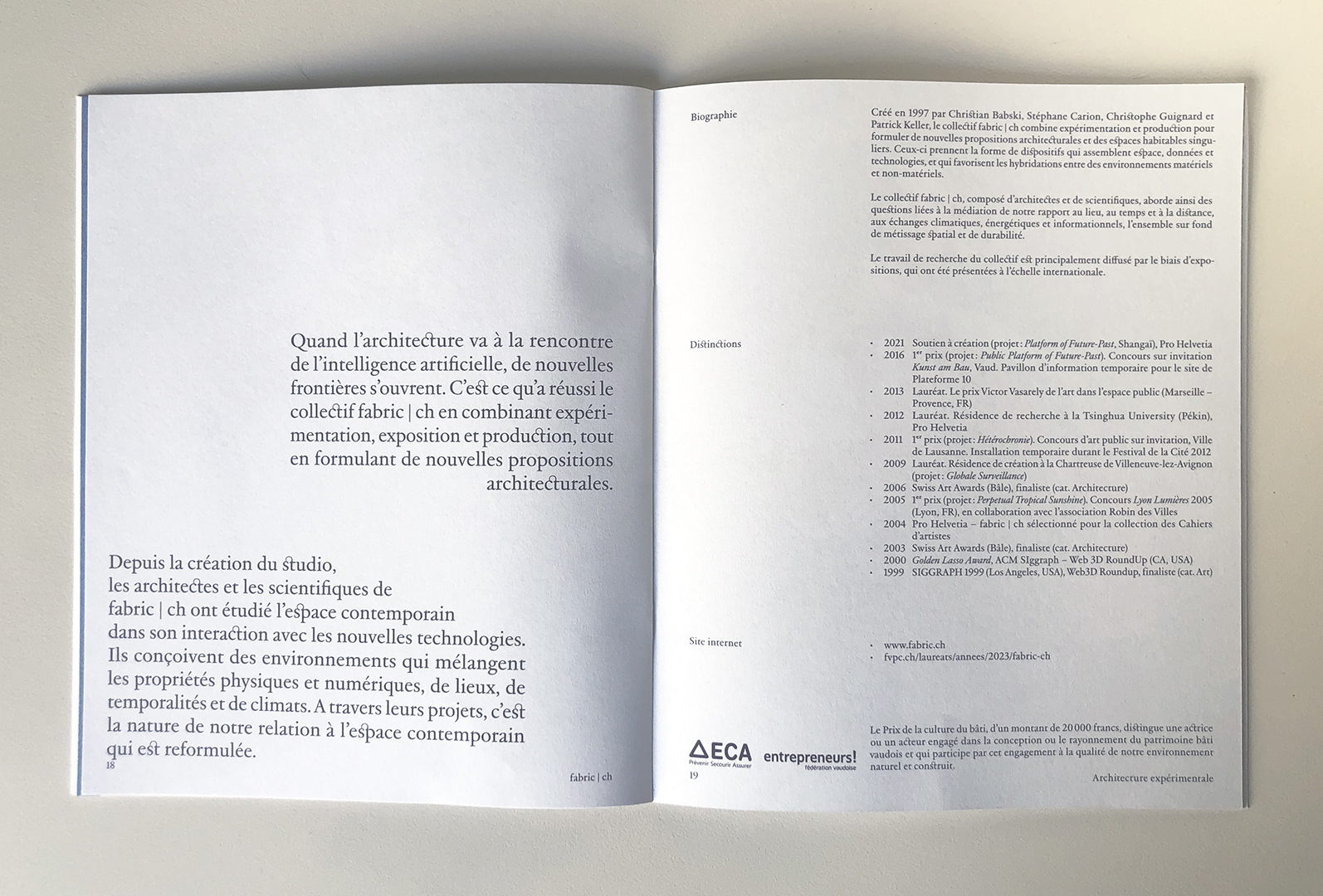
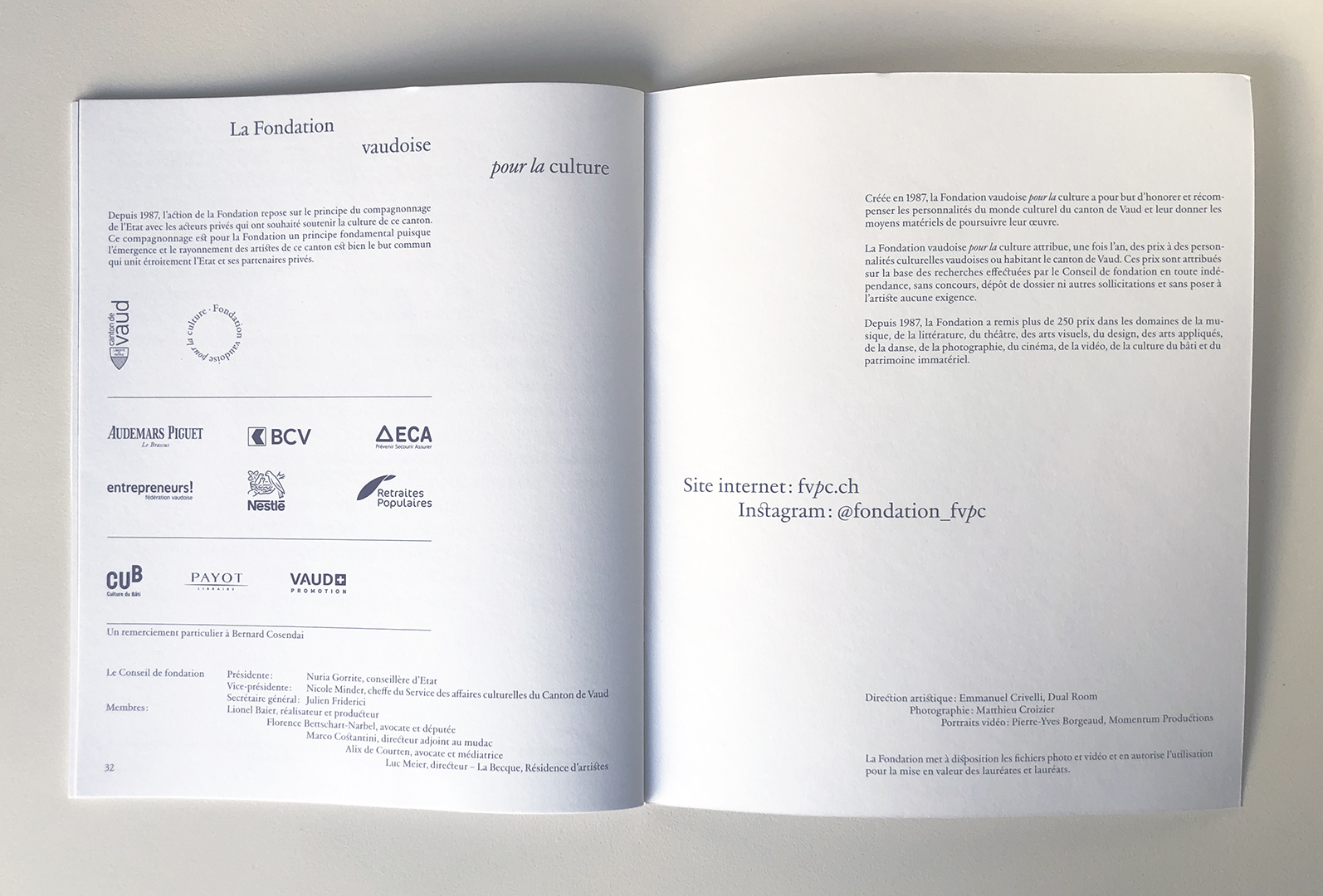

---
... and for the record,
our bit of the award ceremony!
Wednesday, November 30. 2022
Atomized (re-)Staging, new work by fabric | ch on @beyondmatter and @zkm | #exhibition #digital #autonomous
Via
-----
Friday, October 28. 2022
Art x Science Dialogues: Curation In The Context of Artificial Intelligence - fabric | ch & Aiiiii Art Center Shanghai | #AI #exhibition #architecture
Note:
fabric | ch had the pleasure to present our recent works at the invitation of Swissnex China, during an online panel along with Ms. Xi Li, curator and director of the Aiiiii Art Center in Shanghai.
This was in particular the occasion to introduce Platform of Future-Past, a new installation and environmental device realized for the exhibition at How Art Center (Shanghai)
The panel was moderated by Cissy Sun, Head of Art-Science, Swissnex in China.
Via Swissnex China
-----
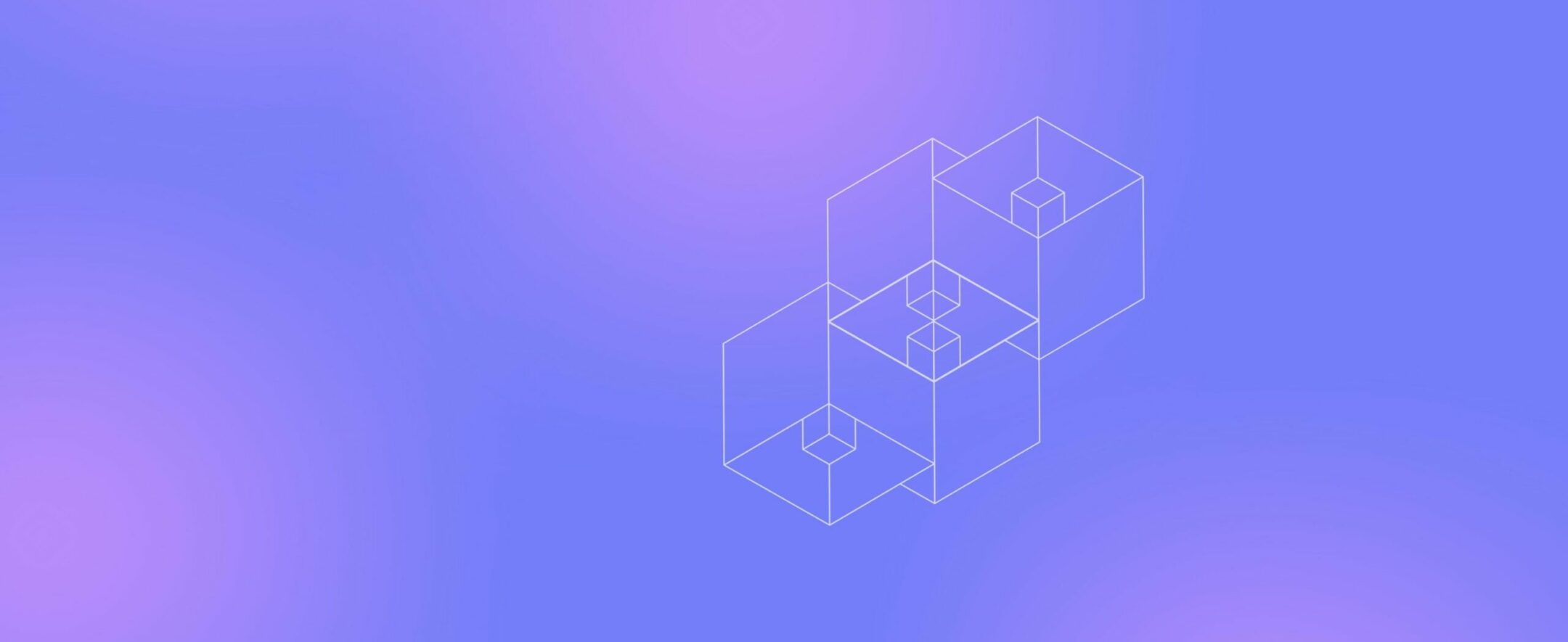
Art x Science Dialogues: Curation In The Context of Artificial Intelligence
Join the upcoming Art x Science Dialogue, exploring the topic of curation and artificial intelligence with Mr. Patrick Keller, Architect and Co-founder of fabric | ch and Ms. Xi Li, Curator and Director of Aiiiii Art Center.
---
When
Where
While the question of whether AI will take over the art world has been raised repeatedly, there seems to be a consensus in the art world that AI is a creative tool and that we should make better use of it. And it is the same with curation. Using algorithms in content curation and spatial design, implementing AI systems in museums, curating on generative artworks and etc. are the new issues facing today’s curators.
In the upcoming edition of Art x Science Dialogue, we’ll invite Mr. Patrick Keller, Architect and Co-founder of fabric | ch, and Ms. Xi Li, Curator and Director of Aiiiii Art Center, to join the conversation on the topic of curation and artificial intelligence.
Patrick Keller will present the works from their Collective – fabric | ch, featuring Atomized (curatorial) Functioning. It is an architectural project based on automated algorithmic principles, to which a machine learning layer can be added as required. It is a software piece that endlessly creates and saves new spatial configurations for a given situation and converges towards a “solution”, in real-time 3d and according to dynamic data and constraints. While Xi Li will present her research on AI art curation and her perspectives and practices in curating the exhibitions at Aiiiii Art Center. It is a brand new artificial intelligence art institution based in Shanghai, aiming to offer insight into the many challenges, practices, and creative modes of artificial intelligence-based art.
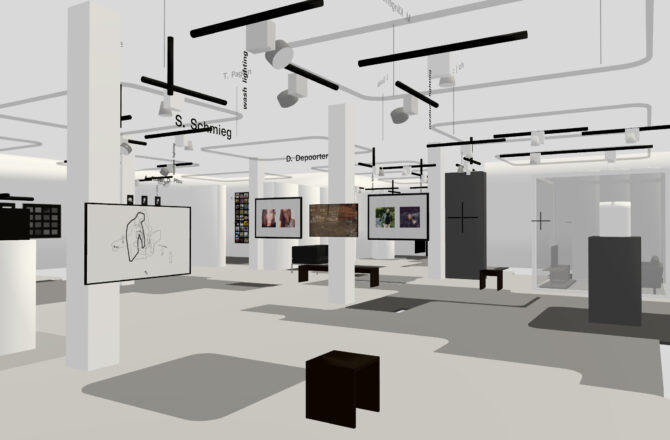
Atomized (curatorial) Functioning, by fabric | ch
---
PROGRAM
16:00 – 16:05 Opening Remarks
Cissy Sun, Head of Art-Science, Swissnex in China
16:05 – 16:25 Presentation
Patrick Keller, Architect, Co-founder, fabric | ch
16:25 – 16:45 Presentation
Xi Li, Curator, Director, Aiiiii Art Center
16:45 – 17:00 Discussion and Q&A
SPEAKERS
---
fabric | ch – studio for architecture, interaction & research
Combining experimentation, exhibition, and production, fabric | ch formulates new architectural proposals and produces singular livable spaces that bind localized and distributed landscapes, algorithmic behaviors, atmospheres, and technologies.
Since the foundation of the studio, the architects and scientists of fabric | ch have investigated the field of contemporary space in its interaction with technologies. From network-related environments that blend physical and digital properties to algorithmic recombination of locations, temporalities, and dimensions based on the objective sensing of their environmental data, it is the nature of our relationship to the environment and to contemporary space that is rephrased.
The work of fabric | ch deals with issues related to the mediation of our relationship to place and distance, to automated climatic, informational, and energetic exchanges, to mobility and post-globalization, all inscribed in a perspective of creolization, spatial interbreeding, new materialism, and sustainability.
fabric | ch is currently composed of Christian Babski, Stéphane Carion, Christophe Guignard and Patrick Keller (cofounders of the collective), Keumok Kim and Michaël Chablais.
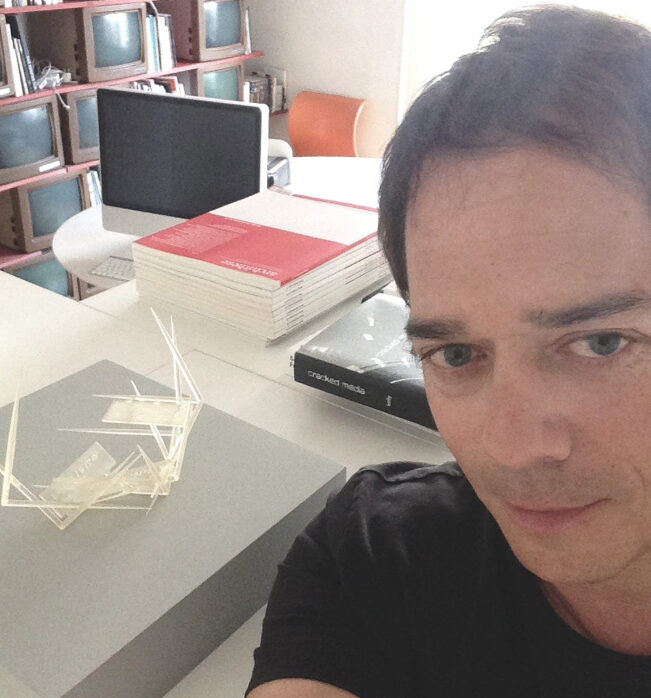
Patrick Keller is an architect and founding member of the collective fabric | ch, composed of architects, artists, and engineers, based in Lausanne, Switzerland.
In this context, he has contributed to the creation, development, and exhibition of numerous experimental works dealing with the intersection of architecture, networks, algorithms, and data, along with livable environments.
---
Aiiiii Art Center
Aiiiii Art Center (Est. 2021) is an artificial intelligence art institution based in Shanghai. The organization seeks to support, promote, as well as incubate both international and domestic artists and projects related to intelligent algorithms. Aiiiii Art Center is committed to becoming a pioneer of artificial intelligence through the discovery of exciting possibilities afforded by the intersections of creativity and technology.
Aiiiii Art Center aims to offer insight into the many challenges, practices, and creative modes of artificial intelligence-based art. Such aims will be achieved through academic conferences and published research efforts conducted either independently or in collaboration with domestic and international institutions and organizations. This organization will also actively promote and showcase the exploratory uses of artificial intelligence-based art in practice.
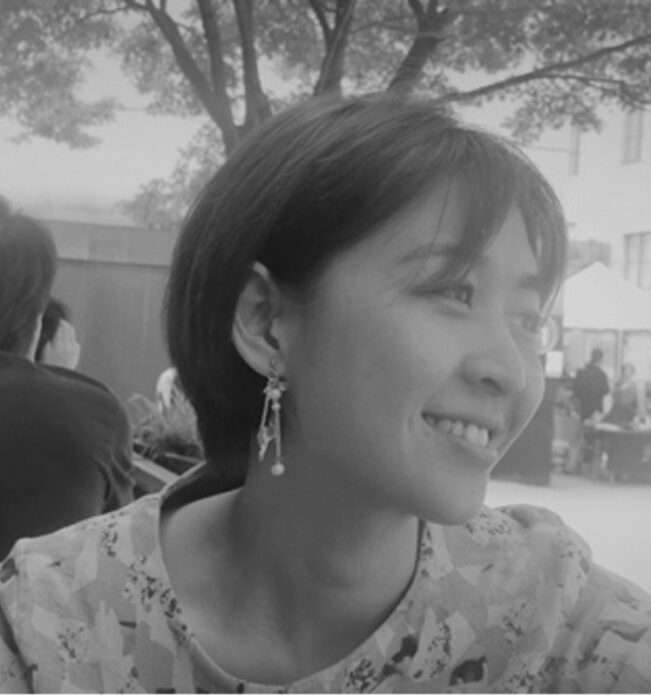
Xi Li, curator, director of Aiiiii Art Center. Graduated from Central Saint Martins MA in Narrative Environments and Central Academy of Fine Arts with a BA in Art Management.
Programs: Book of Sand: The Inaugural Exhibition of Aiiiii Art Center (2021); aai International Conference on AI Art (2021, 2022); Ritual of Signs and Metamorphosis (2018); Olafur Eliasson: The Unspeakable Openness of Things (2017);Captive of Love: Danwen Xing (2017); Over Time: The Poetic Image of the Urbanscape (2016).
---
ART X SCIENCE DIALOGUES
Art x Science Dialogues is a new webinar series initiated by Swissnex in China in 2020. The webinar series not only presents artistic projects where scientists and research engineers are deeply involved but also looks into new interdisciplinary initiatives and trends. Through the dialogues between artists and scientists, we try to stimulate the exchange of ideas between the two different worlds and explore opportunities for collaboration.
Wednesday, January 26. 2022
Platform of Future-Past (2022) at HOW Art Museum in Shanghai | #data #monitering #installation
Note:
The exhibition Beneath the Skin, Between the Machines just opened at HOW Art Museum (Hao Art Gallery) and fabric | ch was keen to be invited to create a large installation for the show, also intented to be used during a symposium that will be entirely part of the exhibition (panels and talks as part of the installation therefore). The exhibition will be open between January 15 - April 24 2022 in Shanghai.
Along with a selection of chinese and international artists, curator Liaoliao Fu asked us to develop a proposal based on a former architectural device, Public Platform of Future-Past, which in itself was inspired by an older installation of ours... Heterochrony.
This new work, entitled Platform of Future-Past, deals with the temporal oddity that can be produced and induced by the recording, accumulation and storage of monitoring data, which contributes to leaving partial traces of "reality", functioning as spectres of the past.
We are proud to present this work along artists such as Hito Steyerl, Geumhyung Jeong, Lu Yang, Jon Rafman, Forensic Architecture, Lynn Hershman Leeson and Harun Farocki.
...
Last but not least and somehow a "sign of the times", this is the first exhibition in which we are participating and whose main financial backers are a blockchain and crypto-finance company, as well as a NFT platform. Both based in China.
More information about the symposium will be published.
Via Pro Helvetia
-----

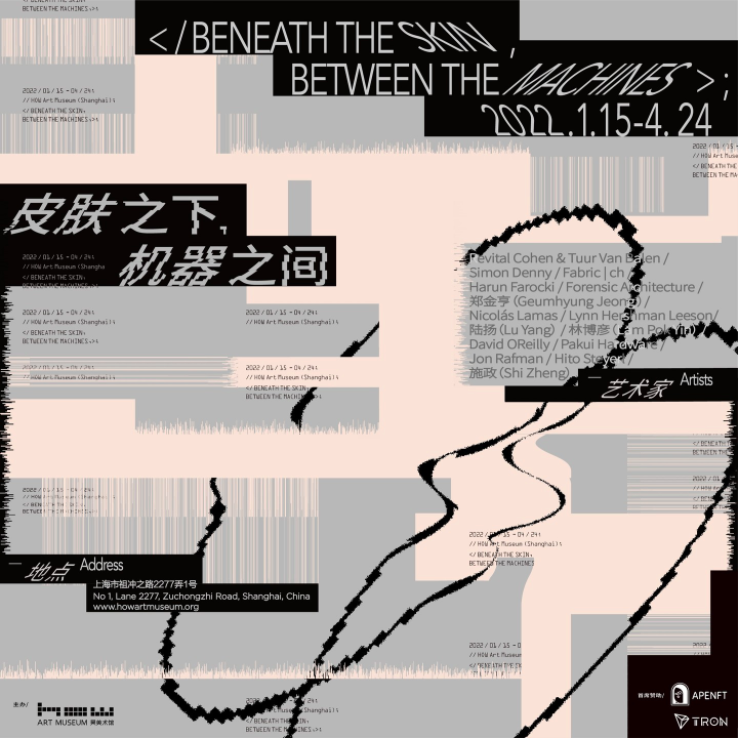
-----
Curatorial Statement
By Fu Liaoliao and the curatorial team
"Man is only man at the surface. Remove the skin, dissect, and immediately you come to machinery.” When Paul Valéry wrote this down, he might not foresee that human beings – a biological organism – would indeed be incorporated into machinery at such a profound level in a highly informationized and computerized time and space. In a sense, it is just as what Marx predicted: a conscious connection of machine[1]. Today, machine is no longer confined to any material form; instead, it presents itself in the forms of data, coding and algorithm – virtually everything that is “operable”, “calculable” and “thinkable”. Ever since the idea of cyborg emerges, the man-machine relation has always been intertwined with our imagination, vision and fear of the past, present and future.
In a sense, machine represents a projection of human beings. We human beings transfer ideas of slavery and freedom to other beings, namely a machine that could replace human beings as technical entities or tools. Opposite (and similar, in a sense,) to the “embodiment” of machine, organic beings such as human beings are hurrying to move towards “disembodiment”. Everything pertinent to our body and behavior can be captured and calculated as data. In the meantime, the social system that human beings have created never stops absorbing new technologies. During the process of trial and error, the difference and fortuity accompanying the “new” are taken in and internalized by the system. “Every accident, every impulse, every error is productive (of the social system),”[2] and hence is predictable and calculable. Within such a system, differences tend to be obfuscated and erased, but meanwhile due to highly professional complexities embedded in different disciplines/fields, genuine interdisciplinary communication is becoming increasingly difficult, if not impossible.
As a result, technologies today are highly centralized, homogenized, sophisticated and commonized. They penetrate deeply into our skin, but beyond knowing, sensing and thinking. On the one hand, the exhibition probes into the reconfiguration of man by technologies through what’s “beneath the skin”; and on the other, encourages people to rethink the position and situation we’re in under this context through what’s “between the machines”. As an art institute located at Shanghai Zhangjiang Hi-Tech Industrial Development Zone, one of the most important hi-tech parks in China, HOW Art Museum intends to carve out an open rather than enclosed field through the exhibition, inviting the public to immerse themselves and ponder upon the questions such as “How people touch machines?”, “What the machines think of us?” and “Where to position art and its practice in the face of the overwhelming presence of technology and the intricate technological reality?”
Departing from these issues, the exhibition presents a selection of recent works of Revital Cohen & Tuur Van Balen, Simon Denny, Harun Farocki, Nicolás Lamas, Lynn Hershman Leeson, Lu Yang, Lam Pok Yin, David OReilly, Pakui Hardware, Jon Rafman, Hito Steyerl, Shi Zheng and Geumhyung Jeong. In the meantime, it intends to set up a “panel installation”, specially created by fabric | ch for this exhibition, trying to offer a space and occasion for decentralized observation and participation in the above discussions. Conversations and actions are to be activated as well as captured, observed and archived at the same time.
[1] Karl Marx, “Fragment on Machines”, Foundations of a Critique of Political Economy
[2] Niklas Luhmann, Social Systems
-----
Schedule
Duration: January 15-April 24, 2022
Artists: Revital Cohen & Tuur Van Balen, Simon Denny, fabric | ch, Harun Farocki, Geumhyung Jeong, Nicolás Lamas, Lynn Hershman Leeson, Lu Yang, Lam Pok Yin, David OReilly, Pakui Hardware, Jon Rafman, Hito Steyerl, Shi Zheng
Curator: Fu Liaoliao
Organizer: HOW Art Museum, Shanghai
Lead Sponsor: APENFT Foundation
Swiss participation is supported by Pro Helvetia Shanghai, Swiss Arts Council.
(Swiss speakers and performers appearing in the educational events will be updated soon.)
-----
Work by fabric | ch
HOW Art Museum has invited Lausanne-based artist group fabric | ch to set up a “panel installation” based on their former project “Public Platform of Future Past” and adapted to the museum space, fostering insightful communication among practitioners from different fields and the audiences.
“Platform of Future-Past” is a temporary environmental device that consists in a twenty meters long walkway, or rather an observation deck, almost archaeological: a platform that overlooks an exhibition space and that, paradoxically, directly links its entrance to its exit. It thus offers the possibility of crossing this space without really entering it and of becoming its observer, as from archaeological observation decks. The platform opens- up contrasting atmospheres and offers affordances or potential uses on the ground.
The peculiarity of the work consists thus in the fact that it generates a dual perception and a potential temporal disruption, which leads to the title of the work, Platform of Future-Past: if the present time of the exhibition space and its visitors is, in fact, the “archeology” to be observed from the platform, and hence a potential “past,” then the present time of the walkway could be understood as a possible “future” viewed from the ground…
“Platform of Future-Past” is equipped in three zones with environmental monitoring devices. The sensors record as much data as possible over time, generated by the continuously changing conditions, presences and uses in the exhibition space. The data is then stored on Platform Future-Past’s servers and replayed in a loop on its computers. It is a “recorded moment”, “frozen” on the data servers, that could potentially replay itself forever or is waiting for someone to reactivate it. A “data center” on the deck, with its set of interfaces and visualizations screens, lets the visitors-observers follow the ongoing process of recording.
The work could be seen as an architectural proposal built on the idea of massive data production from our environment. Every second, our world produces massive amounts of data, stored “forever” in remote data centers, like old gas bubbles trapped in millennial ice.
As such, the project is attempting to introduce doubt about its true nature: would it be possible, in fact, that what is observed from the platform is already a present recorded from the past? A phantom situation? A present regenerated from the data recorded during a scientific experiment that was left abandoned? Or perhaps replayed by the machine itself ? Could it already, in fact, be running on a loop for years?
Platform of Future-Past, Scaffolding, projection screens, sensors, data storage, data flows, plywood panels, textile partitions
-----
Platform of Future-Past (2022)



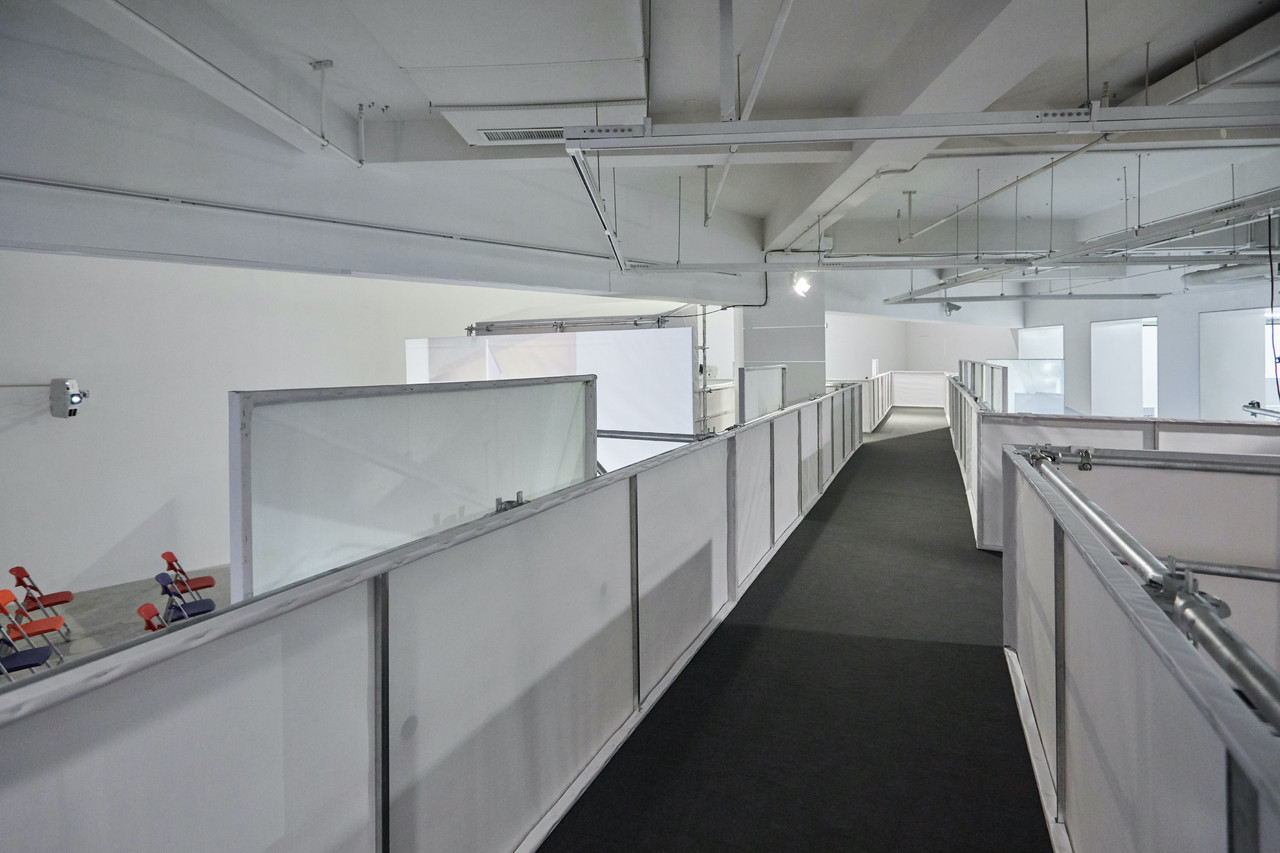
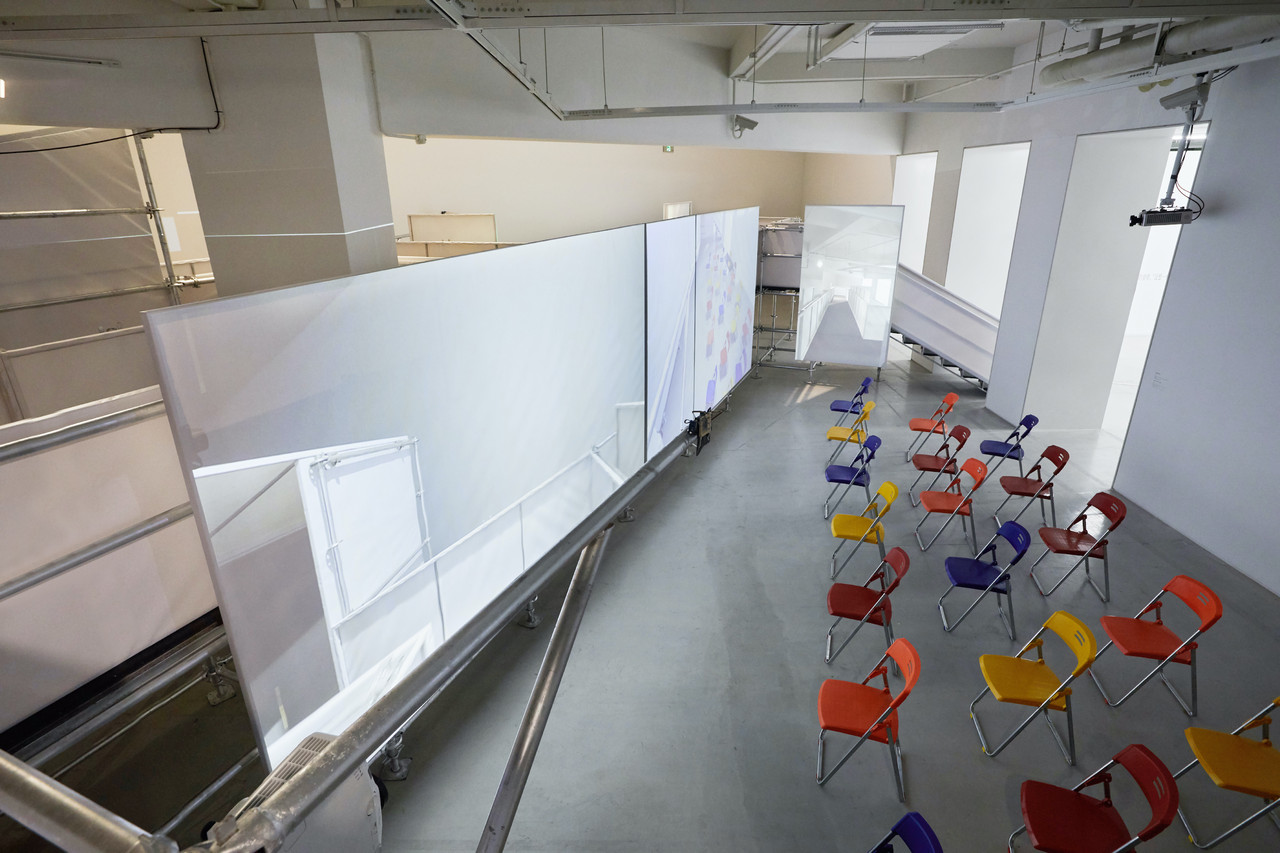


-----
Beneath the Skin, Between the Machines (exhibition, 01.22 - 04.22)
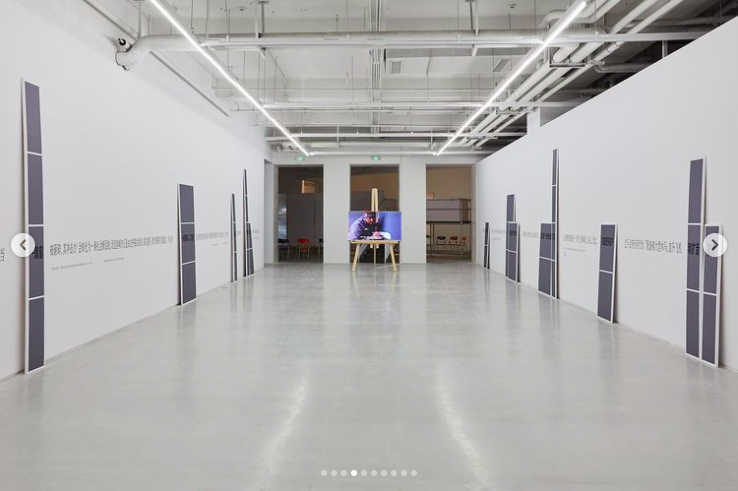
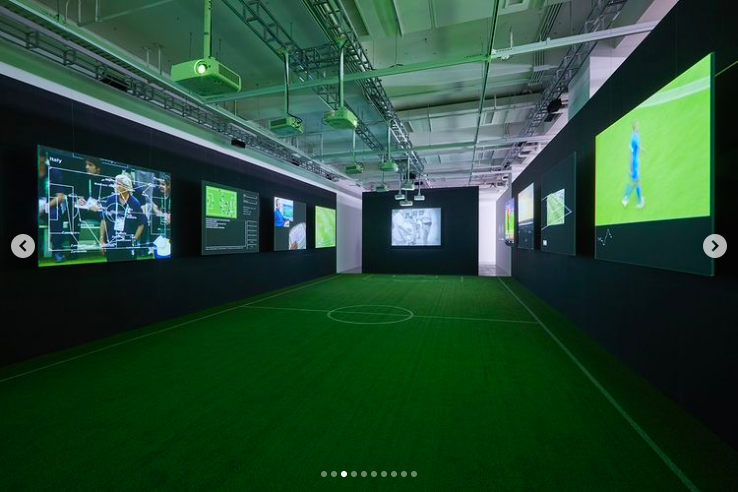

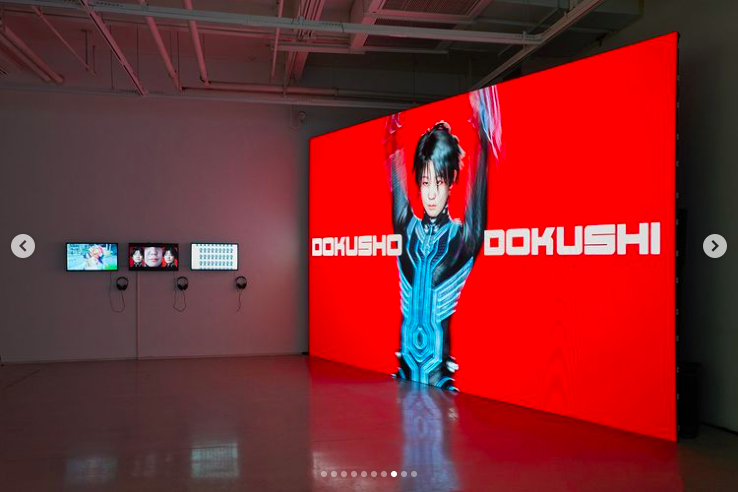
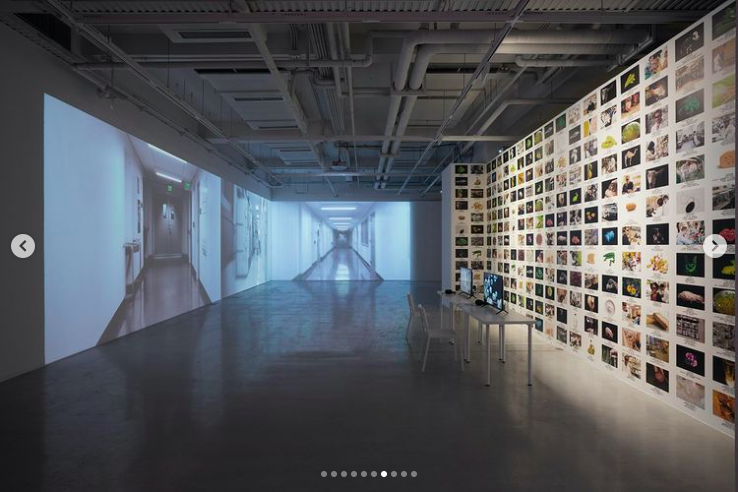
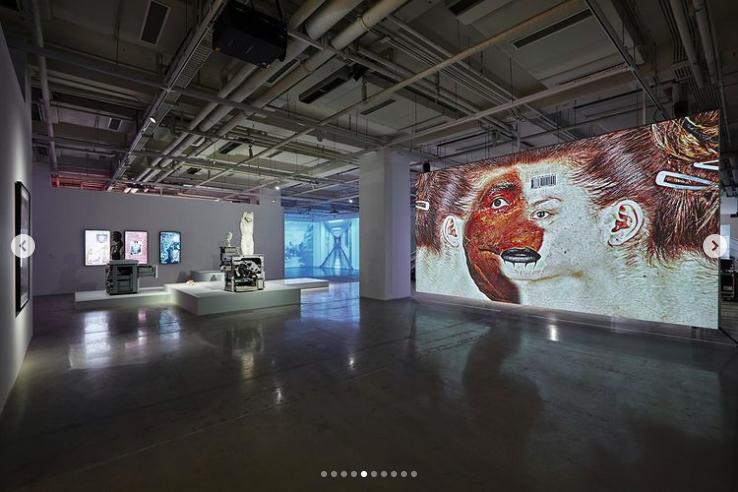

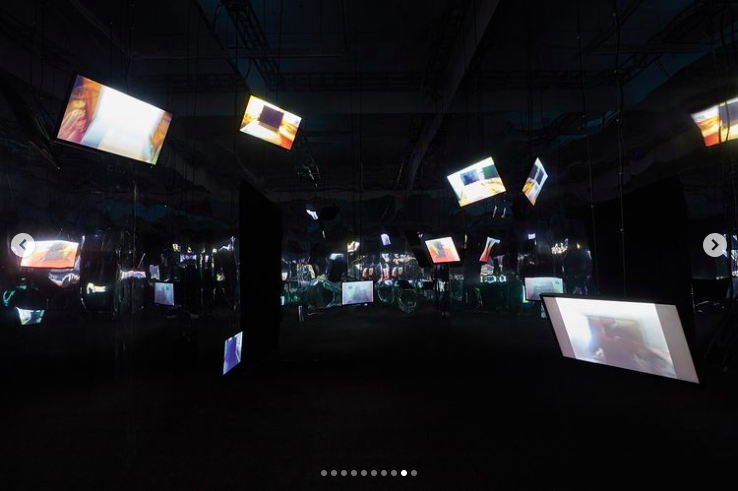

-----
Platform of Future-Past was realized with the support of Pro Helvetia.
Wednesday, September 21. 2016
Rainbow Installation Inside Bristol Biennal | #insideovertherainbow
Note: I would definitely like to do the same (or a bit differently with I-Weather --we almost did back in 2012 during 01SJ in San Francisco in fact, but we were missing a bit of light strength compared to the space--)!
Via Fubiz
-----
The artist Liz West continues inventing original and psychedelic installations, this time as part of the Bristol Biennal. Her project Our Colour is composed of filters that allow the lights to change and is a good way to study the reactions of the human brain when confronted to certain luminous atmospheres. After travelling through all the shades, each person usually ends up enjoying his or her favorite one.
Related Links:
Thursday, August 06. 2015
Ken Isaacs' Living structures | #livable #structure #infrastructure
Note: we remain in history for a little more time... It's now Ken Isaacs' turn to be praised for his work around micro inhabitable spaces and living structures! I post this with the iodea in mind that his work could serve as reference for a future workshop next November at ECAL, probably with rAndom International as guests and when we'll continue to work around "cloud computing" and its infrastructure (datacenter), looking for counter-proposals or rather "counter-designs".
Via Object Guerilla
-----
This week at work I picked up an old book, How to Build Your Own Living Structures, by Ken Isaacs, to read at lunch. I didn't finish it, so I brought it home. A little internet-ing revealed this book was out-of-print, rare, and selling for a good bit at various outlets. However, I think the copyright has lapsed, because it is available online as a PDF.
Isaacs was born in 1927 in Peoria, Illinois, and served in the military as a young man. After Korea, he studied architecture, and then began to craft a career as a designer, architect, and educator. In the late fifties, he became Head of Design at the Cranbrook Academy of Arts, birthplace of much notable mid-century modernism, including Eliel and Eero Saarinen Charles and Ray Eames, and Harry Weese. He also spent some time teaching at the Illinois Institute of Technology, founded by Mies van der Rohe as a sort of Bauhaus West.
During an itinerant period in the sixties, Isaacs began to develop what he called a Matrix system for home furnishing. He theorized (rightly and wrongly) that most of the interior volume of our homes and apartments lay unused, as most furniture only inhabits the 2-D floor plane. In his own words: "traditional furniture was never organized as a whole system. the pieces were a bunch of separate, unrelated objects determined by inertia & sentiment. feeble efforts were made to organize them "visually", but that was always just another trap. the old culture has always tried to make the unworkable endurable by overlaying it with whichever "good taste" is going at the moment. unfortunately this is like trying to make airplanes look like birds. that never worked either. that's because you can't make feathers out of aluminum." (p. 35 Liberated Space) Spoken like one fierce guerilla.
Cover, via Pop-Up City.
In order to conserve floor space and create flexible environments (somewhere between furniture and building) he and his wife put together matrices of 48" cubes made of 2" x 2" structural members. Each 2" x 2" was drilled with a regular pattern of holes, which allowed them to be bolted together in various configurations, accept accessories, and be disassembled. The basic idea, an Erector set for adults, has now been commercialized as "grid beams".

Matrix-based "super chair." Nowadays, most of that stuff can be replaced with an iPad... The next iterative leap in the Matrix was to do away with the framing altogether. Isaacs developed rigid stress-skin structures, using plywood and "L" brackets to make cubes. The cubes were built in modules: 16", 24", and eventually, 48". Smaller units were used for storage; mid-size ones could serve as desks and chairs; and the large units became the first Micro-Houses.
Today's term of art is "tiny house". The recession, amongst other converging trends, has exploded the popularity of tiny houses. These shelters are usually sub-500 square feet and built on trailers or temporary foundations, allowing them to escape most building codes and zoning regulations. Architecturally, most tiny houses seem to be shrunken big houses, resulting in a riotously cute dollhouse effect, like a Thomas Kinkaide painting come to life.

The Micro-House, circa late 60s, via Pop-Up City. Isaacs had the same idea, but he designed a modular, flat-pack, lightweight, re-configurable system. Combining the original beam-based Matrix and the stud-less panel structures, he built 8-foot modules out of 1" steel pipe and inserted plywood volumes into the matrix. Taking the classic modernist approach -- divorcing structure and skin -- he came up with a cheap, versatile house. The First Microhouse, built with a Graham Foundation grant in Groveland, Illinois, (near Carbondale, home of fellow light structure pioneer Buckminster Fuller), looks dated in the photos, but also startlingly fresh. I love the raw, stark geometry of it, everything stripped down to the margins.
Another variation on the Microhouse -- it is infinitely reconfigurable. His 8' Microhouse is very of its era, but has nonetheless managed to inspire at least one modern imitator, in Glasgow. It creates an 8' volume based on a matrix of eight 4' volumes bolted together. The canted sides, tetrahedral feet, and hatch doors give it a real Apollo feel, minus the silvery skin.
The plywood stress-skin Microhouse. Throughout, wrapped in some seventies slang and general architectural hooliganism, Isaacs stresses pre-fabrication, modularity, simplicity, and off-the-shelf parts. None of the projects are particularly difficult to make with simple tools(a little time-consuming, perhaps). The book itself is a bit shambling, combining personal narrative, philosophical inquiry, and DIY instructions. In many ways, it seems like a blog, written with no caps and little editing. Some of the book sale listings I found online show the original as spiral-bound, in keeping with its guerilla nature.
It seems many of his designs were waiting for the technology to catch up. I was struck by the fact that everything in the book is very suited to modern micro-production techniques. With a stack of plywood and a CNC machine, you could be manufacturing flat-pack Micro-Houses on demand. A laser cutter could churn out his storage Matrix, and a MakerBot could very well print 3-axis connectors for steel pipe.
I'll end with a story from Isaacs, about getting a crib for his two year-old son. I often feel the same way: why buy when you can make?
"trouble in eden. one day i found myself in a suburban department store hallucinating Carole asking the lady if she could buy a crib. this immediately induced hyperventilation into my system & i got ready to demonstrate new audio highs for the very proper audience of clerks and matrons. together we managed a fair Wagnerian racket.
There was no other choice though. so we got the nifty crib & it hung there for quite a while like the albatross, a reminder of a monstrous negative act. it sure got us on for his Structure, though." (p. 43 Crisis and the Shoemaker's Child)
They were eventually able to replace the department-store albatross with this number.
Friday, June 28. 2013
"In Orbit" Installation / Tomįs Saraceno
Via ArchDaily
-----
A gigantic installation work by Tomás Saraceno, entitled “in orbit,” was just assembled last week in the Kunstsammlung Nordrhein-Westfalen in Germany. At a height of more than 20 meters above the piazza of the K21 Ständehaus, Saraceno has suspended a net construction within which visitors can move, apparently weightlessly. Saraceno’s net construction, which is accessible on three levels, resembles a cloud landscape: those bold enough to clamber high into the web set beneath the glass cupola perceive the museum visitors far below them from the lofty heights as tiny figures in a model world. The installation will be up until September 7th.
Studio Tomás Saraceno © 2013
“To describe the work means to describe the people who use it – and their emotions,” explains Tomás Saraceno concerning his largest installation to date, planned over the past three years in collaboration with engineers, architects, and arachnologists – experts on spiders and spider webs.
Studio Tomás Saraceno © 2013
This highly contemporary safety net, which covers altogether 2500 m², spreads itself out across three levels below the massive glass cupola of the K21 and the levels are held apart from one another by a series of “spheres,” airfilled PVC balls measuring up to 8.5 meters in diameter.
Studio Tomás Saraceno © 2013
Viewed from below or from intermediate levels of the Ständehaus, and against the background of the glass cupola, conversely, the people enmeshed in this net seem to be swimming in the sky. For the artist, this floating space becomes an oscillating network of relationships, neural pathways, resonances, and synchronous communication – a new digital geography, one that is experienced in physical terms.
Studio Tomás Saraceno © 2013
The various materials underscore Saraceno’s basic ideas of flow and lightness: “When I look at the multilayered levels of diaphanous lines and spheres, I am reminded of models of the universe that depict the forces of gravity and planetary bodies. For me, the work visualizes the space-time continuum, the three-dimensional web of a spider, the ramifications of tissue in the brain, dark matter, or the structure of the universe. With ‘in orbit,’ proportions enter into new relationships; human bodies become planets, molecules, or social black holes.”
Studio Tomás Saraceno © 2013
“in orbit” is one of the lightest projects realized by the artist to date: the work summons associations with the fineness and the stability of spider’s webs and soap bubbles – despite the fact that the net structure alone weighs 3000 kg, and the largest of the “spheres” weighs 300 kg. The conjunction of functionality, beauty, and strength that Saraceno has encountered during years of studying the web constructions of various spider species is also in evidence in the details of “in orbit.
Studio Tomás Saraceno © 2013
The precise observation of nature and the conceptual development of its phenomena are consistent trademarks of Saraceno’s work, which dissolves the boundaries between art and science. In this installation, space is perceived through vibration – just as it is by spiders. The result is a new, hybrid form of communication.
Studio Tomás Saraceno © 2013
Says the artist: “Each individual strand not only holds visitors in place, but weaves them into itself, at the same time allowing them to act. It is like an outstretched network with an open character. An open, cosmic, woven structure that becomes densified, ramified, before flowing out into lines again at its edges. The web is singular in its relationship to the existing architecture.”
For more information on the exhibition, please visit here.
Related Links:
Personal comment:
Following its previous installation (Quantum Physica) at Biocca in Milan, a new "cloud" architecture/installation by Seraceno in Germany.
Thursday, November 08. 2012
Quantum physics into insane interactive artwork thanks to Tomas Saraceno
Via It's Nice That
-----
Posted by Rob Alderson

Tomas Saraceno: On Space Time Foam (photo by Alessandro Cocco)

Tomas Saraceno: On Space Time Foam (photo by Alessandro Cocco)
You’d need a head for heights to take the leap of faith out onto the piece and you need a head for complex physics to grasp the ideas behind it, inspired as it is by “quantum and string theories that assert that the fundamental layer of existence, the subatomic Planck realm (where intriguing physical theories of wormholes and multiverses exist, where superposition, decoherence and entanglement occur) is in fact structured as a foam.”
“String theoreticians have speculated that the Big Bang, the origin of our known cosmos, emerged from two such tremendously sized membranes crashing into one another,” he goes on, “sparking the superluminal expansion of energy-matter that typifies our early inflating foamy cosmos.”
Mmmmm, foamy cosmos. Ok he lost me, but it’s still brilliant. To Milan! The show runs until February.

Tomas Saraceno: On Space Time Foam (photo by Alessandro Cocco)

Tomas Saraceno: On Space Time Foam (photo by Alessandro Cocco)

Tomas Saraceno: On Space Time Foam (photo by Alessandro Cocco)

Tomas Saraceno: On Space Time Foam (photo by Alessandro Cocco)
Related Links:
Monday, October 15. 2012
Rain Room by rAndom International
Via Dezeen
-----
Visitors can play in the rain without getting wet in this installation by interactive designers rAndom International at the Barbican in London (+ slideshow).

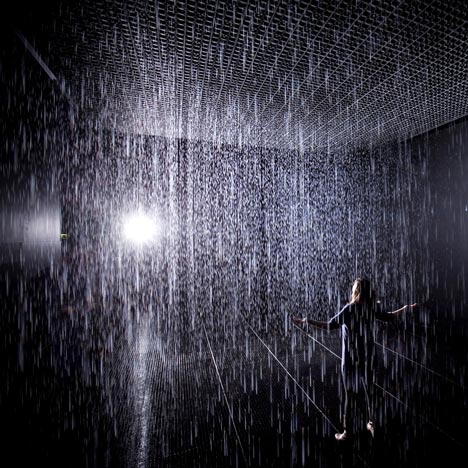
Located in The Curve gallery, Rain Room is a perpetual rain shower which lets visitors feel the moisture in the air and hear the sound of rain while remaining untouched by drops of water. Cameras installed around the room detect human movements and send instructions to the rain drops to continually move away from visitors.
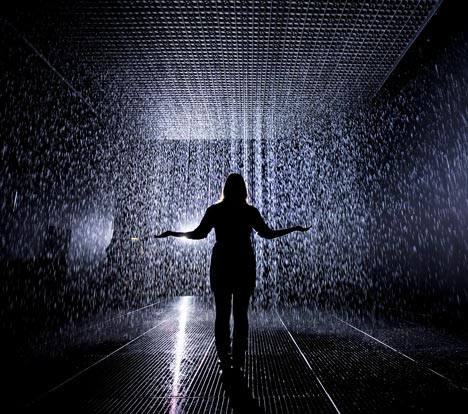

The water drips through a grid in the floor where it is treated before being sent back up to the ceiling to fall again. Formed in 2005 by former Royal College of Art students Hannes Koch, Florian Ortkrass and Stuart Wood, rAndom International has created a number of installations involving audience participation.
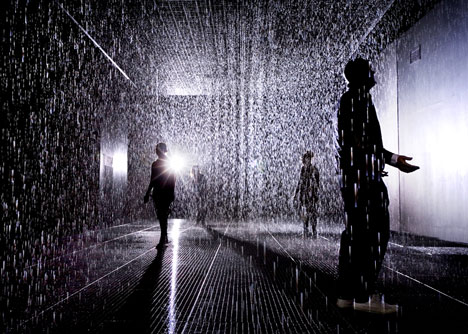
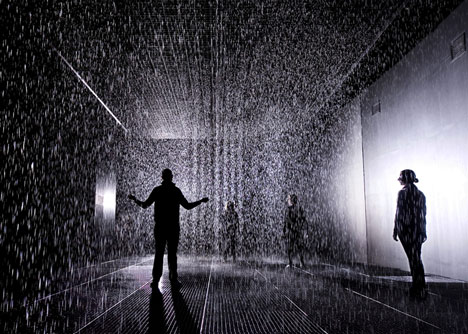
“Rain Room is the first time that we’ve extended the level of our experimentation to the huge public space that is The Curve at the Barbican,” rAndom International told Dezeen. “Our other work has performed on a more intimate scale in terms of size and engagement, but what’s common to most of our projects is that they extract interesting behaviour from the viewers,” they added.
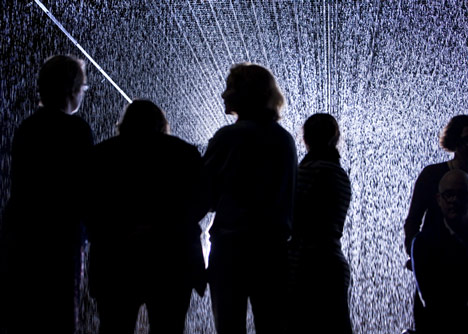
Their proposal to create a rain shower inside the gallery didn’t faze the curators. “The curatorial team around Jane Alison has not blinked once in view of the actual implications of realising the Rain Room at The Curve – a never-done-before project featuring thousands of litres of water above a BBC recording studio and right next to a theatre and concert hall in a public art gallery.”
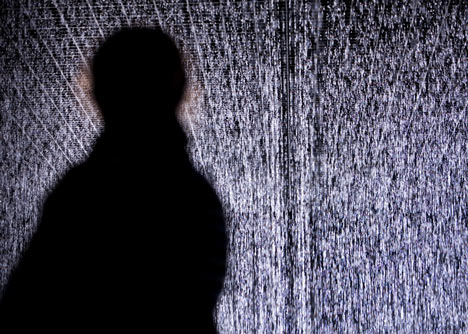
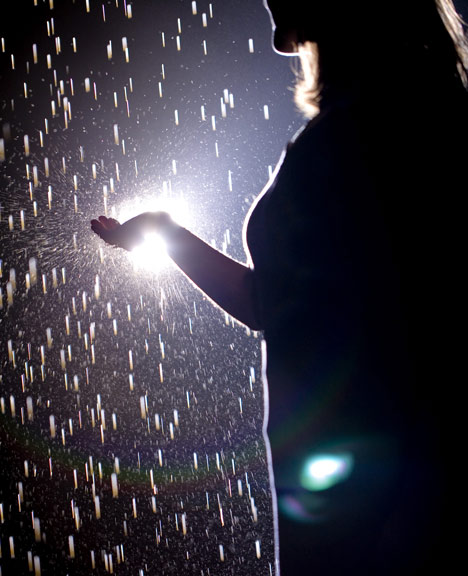
The designers have also collaborated again with British choreographer Wayne McGregor, whose Random Dance company will perform short ‘interventions’ in the Rain Room to a score by Max Richter on selected Sundays during the exhibition. “Working with Wayne and Random Dance has always been very rewarding, as his perspective seems to complement our way of working extremely well,” said the designers. Earlier this year Dezeen featured their collaboration for the Future Self project at MADE in Berlin, in which a lighting installation mapped and replicated human movement.

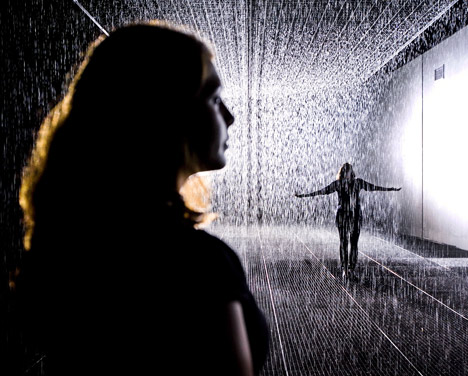
Rain Room isn’t the first weather-related art installation to appear on Dezeen – we’ve also featured a moving cloud of raindrops in a Singapore airport and an LED sign in a London park displaying yesterday’s weather.
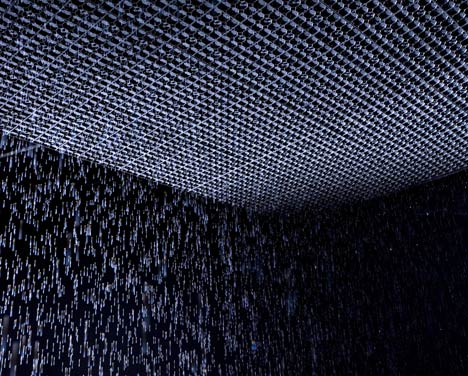
Photographs are by Felix Clay.
See all our stories about weather »
See all our stories about art »
See all our stories about the Barbican »
-----
Here’s the full press release from the Barbican:
Rain Room by rAndom International at The Curve, Barbican Centre, London
Admission Free
4 October 2012 – 3 March 2013
The exhibition is supported by Arts Council England. Rain Room has been made possible through the generous support of the Maxine and Stuart Frankel Foundation for Art.
Known for their distinctive approach to digital-based contemporary art, rAndom International’s experimental artworks come alive through audience interaction. Their largest and most ambitious installation yet, Rain Room is a 100 square metre field of falling water for visitors to walk through and experience how it might feel to control the rain. On entering The Curve the visitor hears the sound of water and feels moisture in the air before discovering the thousands of falling droplets that respond to their presence and movement. Rain Room opens in The Curve on 4 October 2012.
Kate Bush, Head of Art Galleries, Barbican Centre, said: The Curve has previously played host to guitar-playing finches, a World War II bunker and a digital bowling alley. rAndom International have created a new work every bit as audacious and compelling – Rain Room surpasses all our expectations.
At the cutting edge of digital technology, Rain Room is a carefully choreographed downpour – a monumental installation that encourages people to become performers on an unexpected stage, while creating an intimate atmosphere of contemplation. The work also invites us to explore what role science, technology and human ingenuity might play in stabilising our environment by rehearsing the possibilities of human adaptation.
rAndom International said: Rain Room is the latest in a series of projects that specifically explore the behaviour of the viewer and viewers: pushing people outside their comfort zones, extracting their base auto-responses and playing with intuition. Observing how these unpredictable outcomes will manifest themselves, and the experimentation with this world of often barely perceptible behaviour and its simulation is our main driving force.
Finding a common purpose as students at the Royal College of Art, rAndom International was founded in 2005 by Hannes Koch, Florian Ortkrass and Stuart Wood. Today the studio is based in Chelsea – with an outpost in Berlin – and includes a growing team of diverse talent. With an ethos of experimentation into human behaviour and interaction, they employ new technologies in radical, often unexpected ways to create work which also draws on op art, kinetics and post-minimalism.
rAndom International have gained international recognition, inspiring audiences from broad multidisciplinary interests. A breakthrough work of 2008, Audience, marked rAndom’s first installation with audience participation. Motorised mirrors disconcertingly respond to human activity in their midst in inquisitive, synchronised movements, with the viewer becoming both active agent and subject of the piece. Swarm, a light work of 2010, emulates the behaviour of birds in flight: the sound created by the presence of visitors causes the abundant individual light sources to respond in swarm-like formations. With Future Self, a new commission by MADE Berlin in 2012, the studio explores the direct interaction of the viewer with the full body image of the self, represented in light in three-dimensions.
Other notable commissions include Reflex, a large scale light installation that inhabited the windows of London’s Wellcome Trust for one year, and the studio’s scenography for Wayne McGregor’s production, FAR, presently on world tour. rAndom International’s kinetically responsive sculpture Fly was premiered at the last Moscow Biennale of Contemporary Art, while intelligent light installation Swarm Study / III is on display permanently at the Victoria & Albert Museum, London.
rAndom International are represented by Carpenters Workshop Gallery, London and Paris. An overview of their work, Before the Rain, is on show in Paris 8 September – 21 December 2012. Prior to this they have exhibited at Tate Studio at Tate Modern, Pinakothek Der Moderne, Munich and Museum of Modern Art, New York. They have won a number of awards including Designer of the Future 2010, Prix Ars Electronica – Honourable Mention, CR – Creative Futures Award, Wallpaper* Award and were listed in the Observer’s Top Ten Creative Talent in the UK. Earlier works form part of the permanent collections at the Frankel Foundation for Art, the Victoria & Albert Museum and the Museum of Modern Art, New York.
Related Links:
fabric | rblg
This blog is the survey website of fabric | ch - studio for architecture, interaction and research.
We curate and reblog articles, researches, writings, exhibitions and projects that we notice and find interesting during our everyday practice and readings.
Most articles concern the intertwined fields of architecture, territory, art, interaction design, thinking and science. From time to time, we also publish documentation about our own work and research, immersed among these related resources and inspirations.
This website is used by fabric | ch as archive, references and resources. It is shared with all those interested in the same topics as we are, in the hope that they will also find valuable references and content in it.
Quicksearch
Categories
Calendar
|
|
April '24 | |||||
| Mon | Tue | Wed | Thu | Fri | Sat | Sun |
| 1 | 2 | 3 | 4 | 5 | 6 | 7 |
| 8 | 9 | 10 | 11 | 12 | 13 | 14 |
| 15 | 16 | 17 | 18 | 19 | 20 | 21 |
| 22 | 23 | 24 | 25 | 26 | 27 | 28 |
| 29 | 30 | |||||
